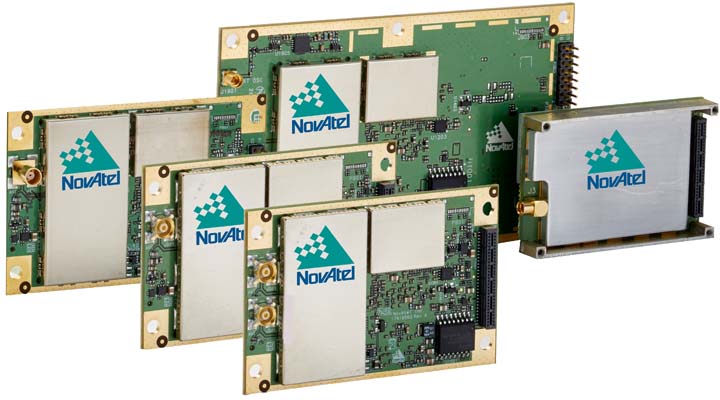Low Earth orbit (LEO) constellations offer a new avenue for assuring PNT. With satellites closer to the Earth, they provide stronger signals and improved positioning accuracy with rapidly changing geometry. They complement GNSS resiliency, security and precision for PNT, making LEO an attractive alternative PNT option for the industry to pursue.
Hexagon | NovAtel sees the benefit and continues to test and process LEO signals for alternative PNT. Through a recent test, the company demonstrated that its OEM7 GNSS receivers can track a Spirent Communications simulated signal that’s identical to the PULSAR signal broadcast by Xona’s LEO satellites, according to a news release.
“Using Spirent’s simulated PULSAR signal, we have successfully tested our receiver’s capability to track the L-band signal planned to be broadcast from Xona’s LEO satellites,” said Sandy Kennedy, VP of innovation at Hexagon’s Autonomy & Positioning division, according to the release. “The OEM7 is a powerful platform, designed for both resiliency and flexibility; it is exciting to test our forethought by trialing this new signal type.”
Earlier this week, Spirent announced that Xona has fully certified its SimXona satellite constellation simulator. SimXona can simulate the Xona LEO constellation on its own and in concert with Spirent’s PNT and threat simulation capabilities.
Spirent will officially launch SimXona at ION’s Joint Navigation Conference (JNC) in San Diego next week.
“Congratulations to NovAtel for achieving such an important milestone in resilient and alternative PNT,” said Jan Ackermann, director of product line management at Spirent Communications. “Spirent’s flexible architecture facilitated the quick implementation of Xona signals into our PNT test environment, enabling a first-to-market solution. Spirent will continue to prioritize collaborating with leaders in PNT, like Hexagon and Xona, so users can accelerate the development and deployment of their next-gen technology.”
Last year, Hexagon | NovAtel signed a Memorandum of Understanding (MoU) with Xona to collaborate in developing PNT for the new LEO constellation. Xona’s LEO satellites are expected to improve visibility in situations where parts of the sky are obstructed, help protect against spoofing and jamming, and accelerate the convergence of GNSS PPP.
“NovAtel has a proven history of being early adopters to new positioning technologies,” Kennedy said. “LEO satellite positioning is an exciting opportunity for PNT innovation, particularly around autonomous applications.”
NovAtel will be at ION’s JNC conference next week, presenting “Testing of LEO PNT for Resilience in GNSS Contested Environments” on Thursday.






